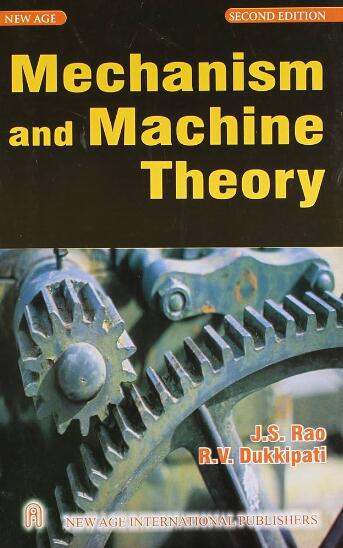Multi-perspective evaluation of a novel powertrain integrating series-parallel and power-split modes: An ultra-rapid hierarchical control approach
IF 4.5
1区 工程技术
Q1 ENGINEERING, MECHANICAL
引用次数: 0
Abstract
Power split and series-parallel hybrid transmissions (PSHTs and SPHTs) have become dominant technology approaches to dedicated hybrid transmission (DHT) design. However, evaluating DHTs using traditional dynamic programming methods is time-consuming, and efficiently comparing the performance differences among different DHTs is difficult. Therefore, an advanced ultra-rapid real-time hierarchical control algorithm (URHCA) is proposed with 38,000 times the computational efficiency improvement. To integrate the PSHT and SPHT, a novel synchronizer-shift configuration is designed by fully comparing the effects of adding gears to the engine, motor, and output positions of the PSHT. The differences and intrinsic mechanisms between different architectures, classes (A, B, and C), and driving cycles are simulated and analyzed. The results show that the proposed powertrain can improve acceleration by 38 % compared to the PSHT and reduce energy consumption by 4.88–8.48 % compared to the SPHT for a WLTC cycle, which is a significant advantage. The real-time performance of the proposed URHCA method is validated with real driving cycles and a hardware-in-the-loop (HIL) test. This study provides guidance for the technology path selection and design of PSHTs and SPHTs.
一种集串并联和功率分割为一体的新型动力总成的多视角评价:一种超快速分层控制方法
功率分割和串并联混合动力传动(psht和spht)已经成为专用混合动力传动(DHT)设计的主要技术方法。然而,使用传统的动态规划方法评估dht非常耗时,并且难以有效地比较不同dht之间的性能差异。为此,提出了一种先进的超快速实时分层控制算法(URHCA),其计算效率提高了38000倍。为了整合PSHT和SPHT,通过充分比较发动机、电机和PSHT输出位置增加齿轮的效果,设计了一种新的同步器换档配置。模拟和分析了不同架构、类别(A、B和C)和驱动周期之间的差异和内在机制。结果表明,在WLTC循环中,与PSHT相比,该动力系统可以提高38%的加速度,与SPHT相比,可以降低4.88 - 8.48%的能耗,这是一个显着的优势。通过实际驾驶周期和硬件在环(HIL)测试验证了所提出的URHCA方法的实时性。本研究为psht和SPHTs的技术路径选择和设计提供了指导。
本文章由计算机程序翻译,如有差异,请以英文原文为准。
求助全文
约1分钟内获得全文
求助全文
来源期刊

Mechanism and Machine Theory
工程技术-工程:机械
CiteScore
9.90
自引率
23.10%
发文量
450
审稿时长
20 days
期刊介绍:
Mechanism and Machine Theory provides a medium of communication between engineers and scientists engaged in research and development within the fields of knowledge embraced by IFToMM, the International Federation for the Promotion of Mechanism and Machine Science, therefore affiliated with IFToMM as its official research journal.
The main topics are:
Design Theory and Methodology;
Haptics and Human-Machine-Interfaces;
Robotics, Mechatronics and Micro-Machines;
Mechanisms, Mechanical Transmissions and Machines;
Kinematics, Dynamics, and Control of Mechanical Systems;
Applications to Bioengineering and Molecular Chemistry
 求助内容:
求助内容: 应助结果提醒方式:
应助结果提醒方式:


